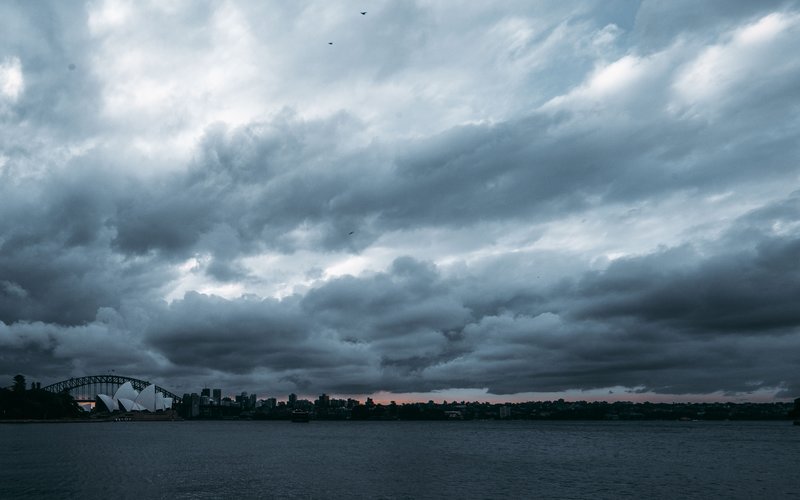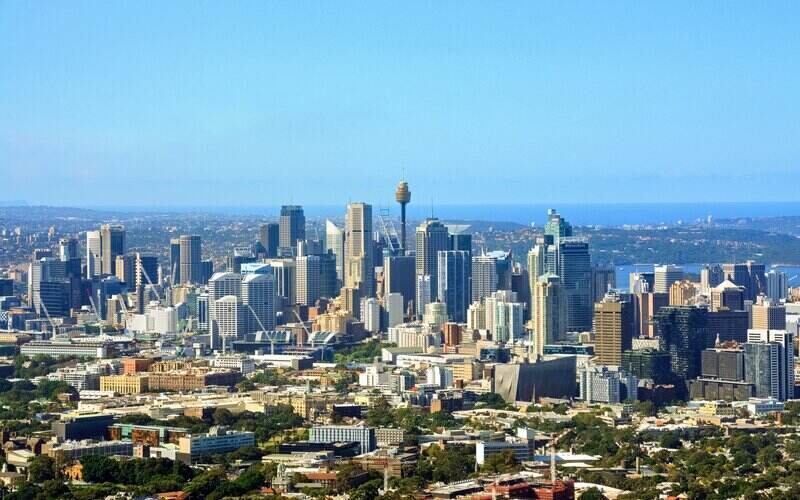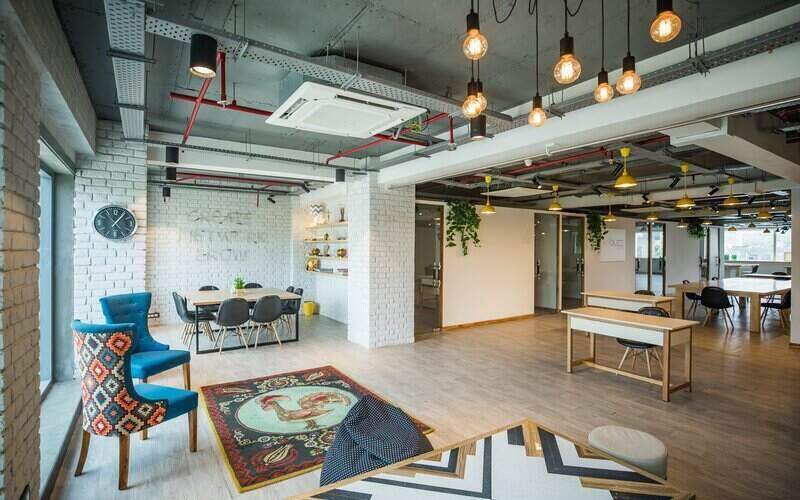Data house SQM Research said a 30% decline in dwelling prices by the end of 2020 is entirely possible, with overvalued cities like Sydney and Melbourne the worst hit.
SQM Managing Director Louis Christopher said the best case scenarios for property owners and investors is that there are zero new COVID-19 cases by the end of April and as a result, measures such as bans on auctions and open houses are lifted.
"If we are able to get back to close to normal business by end of May (I certainly don’t think all restrictions will be lifted by that time), then I think confidence in the housing market is going to return," Mr Christopher said.
"Assisted with all the stimulus announced and the economic damage relatively limited, it would mean a fall in housing prices recorded for the June quarter but a bounce back in the September and December quarters."
But a worst-case scenario, where restrictions are lifted and a second wave of the virus occurs, would see a deep 30% correction in house prices, and restrictions stay in place for longer than six months, with more added.
Previous research by investment bank UBS found a "worst-case" scenario could see house prices fall by 20%.
"With the surging and sustained unemployment rate, the banks could start to get nervous on mortgages," Mr Christopher said.
"Potentially, after the six-month hiatus, banks may be backed into a corner where they are forced to repossession on defaulted housing loans."
Mr Christopher added that as house prices drop, many property owners will be panicked and look to see sell and recoup their losses.
"They [property owners] will see the falls in dwelling prices over the course of the June quarter. And they will be very protective of what is left of their net wealth.
"The buy side of the property equation would be hit very hard as it is being hit hard now. But far worse than what we had in 2018 or indeed 2008 [The Global Financial Crisis]."
According to SQM Research, a second wave of infections would also cripple small business, as well as the property market, with stimulus measures not enough to keep the sector afloat.
"When there is little to zero revenues coming in, month after month, PAYG relief is not enough," Mr Christpher said.
"Being subsidised to cover employee wages at $1,500 a fortnight is not enough. Neither is a $10,000 cash grant for most.
"And forget about asking small business to go into debt. Most of them, particularly in retail, hospitality and tourism, will refuse to do so.
"And so job creation would occur at a far slower rate when a recovery would eventually return."
Rental market in serious trouble
SQM Research found rental vacancy rates could rise from 2% to exceed 3%, a record high from when the data company first started the index in 2005.
As a result, rents will fall, and this weakness in the rental market would put off many would-be property investors, creating further issues for the property market.
A rise in vacancies would come from a stalling in underlying demand for accommodation, through near-zero migration combined with a reduction in existing tenancy demand, due to job losses, plus a sharp rise in empty 'Airbnb' accommodation.
"I can’t tell you how many property owners are going to switch back to longer-term leasing but there will be a number, especially if this plays out for longer," Mr Christopher said.
"This is not a scenario here. This is our view. Our view is that rental vacancy rates are going to rise sharply over the short term."

Ready, Set, Buy!
Learn everything you need to know about buying property – from choosing the right property and home loan, to the purchasing process, tips to save money and more!
With bonus Q&A sheet and Crossword!



 Bea Garcia
Bea Garcia
 Denise Raward
Denise Raward
 Harry O'Sullivan
Harry O'Sullivan
 Alex Brewster
Alex Brewster


